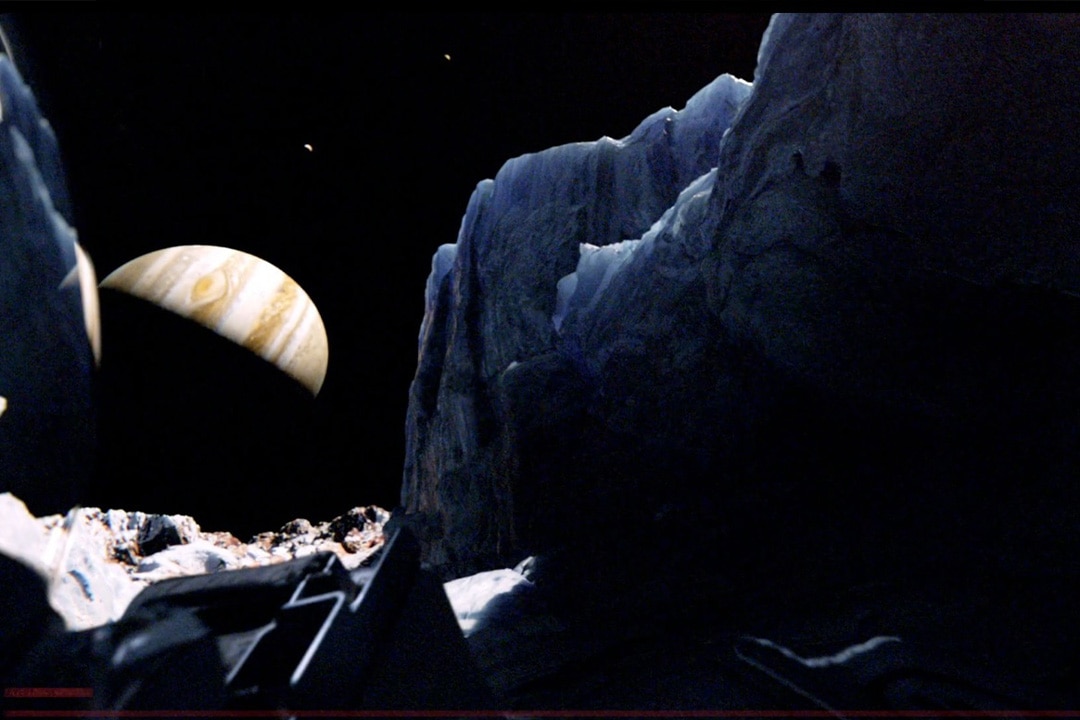Watch the Alien Dance of a Dumbo Octopus a Mile Underwater
We're honestly not convinced they're not aliens.

In the science fiction horror Europa Report (streaming now on Peacock), a team of explorers travel across the solar system in search of aquatic alien life in Europa’s subterranean ocean. They find life in the extraterrestrial deep, and it costs them their lives.
They should have just gone to Hawaii; the weather is better, the travel time is reasonable, and the undersea creatures living there (mostly) won’t eat you alive. Recently, a NOAA-funded expedition encountered a rare undersea “alien” when they stumbled into a Dumbo octopus a mile underwater off the coast of Hawaii.
A Brief Encounter with a Rare Dumbo Octopus
Researchers with the Ocean Exploration Trust were exploring an unnamed seamount inside the Papahānaumokuākea Marine National Monument — a corridor of the ocean northwest of the Hawaiian islands — with a remotely operated vehicle (ROV) called Hercules.
RELATED: A Mysterious Red Blob Octopus Just Washed Up On a Beach, And We're Pretty Sure it's Cthulhu
Hercules was located 1,682 meters beneath the ocean surface (1.05 miles) when a set of rarely seen tentacles swam into view. As you can see in the EVNautilus video below, right away, it was apparent to researchers watching the feed that they had a Dumbo octopus. The name refers to at least 15 known species of deep sea umbrella octopus notable for their large ear-like fins near the top of the head.
Like other octopuses, the Dumbo octopus has eight long sucker-covered arms. Unlike most octopuses though, the Dumbo’s arms are connected by thin and flexible tissue. When they want, they can balloon out like a net and descend on unsuspecting prey. That’s especially useful because they live at depths of up to 4 kilometers, feeding on isopods (underwater pill bugs), marine worms, and other bottom dwellers.
At those depths, Dumbo octopuses don’t have many natural predators. That’s why they don’t have ink sacs like other octopuses, and it might be why this particular individual doesn’t seem at all concerned by the ROV. At first sight, the octopus sways in and out of frame as the ROV zeroes in. It spends several moments drifting gracefully in the water, turning around in a circle almost as if it wanted to give researchers a good look.
RELATED: Thousands of Octopuses Migrate to Volcanic Hot Spring
During the short encounter, the octopus pulls its arms and body into a tight formation and dives gently. As the undersea lighting conditions change, so does the appearance of the octopus. Finally, it splays out, allowing the connective tissue between its arms to expand just a little and it drifts quietly away.
The encounter lasts only a few moments, during which nothing very dramatic happens. But there is a quiet beauty in the slow solo dance of an octopus just existing in the darkness of the deep. It’s pretty neat we get to see it.
Catch Europa Report streaming now on Peacock. If only they’d sent an ROV instead.



























